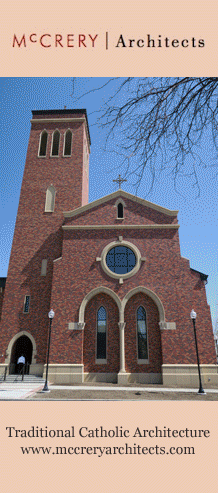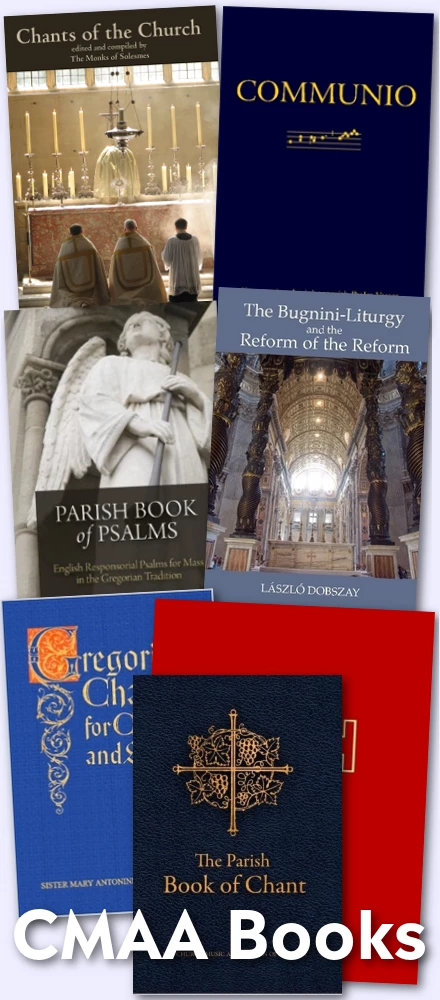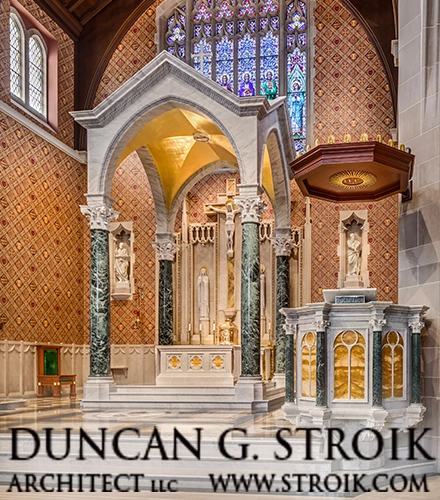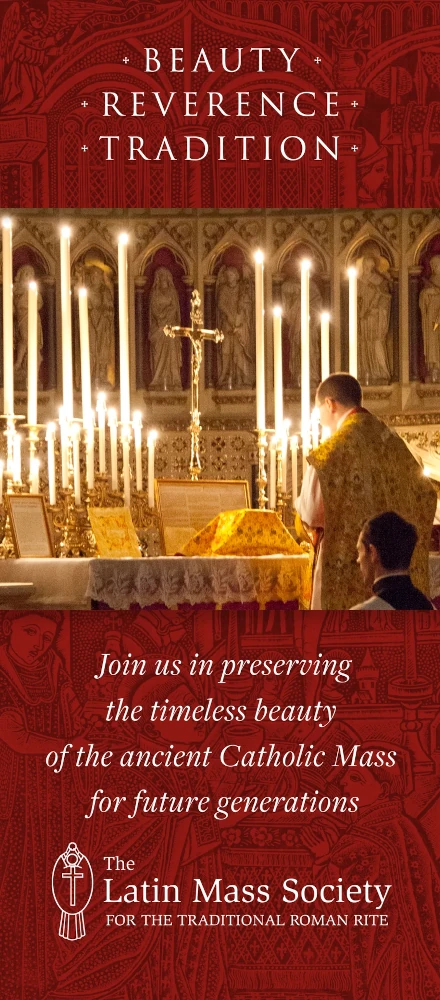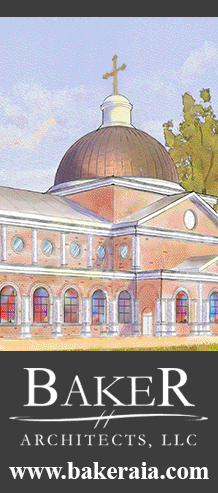Sandro Magister today has this article at www.chiesa:
Great Roman Polyphony Returns to Saint Peter's
Not in a concert, but in a Mass. It will be conducted by Domenico Bartolucci, the most brilliant interpreter of Palestrina's music alive today. He was removed as head of the Sistine Chapel choir twelve years ago, but now, with Pope Benedict, has finally been rehabilitated
by Sandro MagisterROME, November 16, 2009 – Among the arts to be represented in the Sistine Chapel next Saturday, November 21, at the highly anticipated meeting with Pope Benedict XVI, music is perhaps the one that has suffered the most from the divorce that has taken place between artists and the Church.
The distress in music has been the first to afflict the Church. Because while the masterpieces of Christian painting, sculpture, and architecture still remain accessible to all, even if they are ignored and misunderstood, great music literally disappears from the churches if no one performs it anymore.
And one can effectively speak of an almost generalized disappearance when it comes to those treasures of Latin liturgical music that are Gregorian chant, polyphony, the organ.
Fortunately, however, during the same days when pope Joseph Ratzinger will be seeking to reestablish a fruitful relationship with art, the organ and great polyphonic music will return to give the best of themselves in the basilicas of Rome.
They will again be heard not only in the form of a concert, but also in the living environment of liturgical action.
The culmination will be on Thursday, November 19, at the hour of evening when the setting sun blazes through the apse of Saint Peter's. That evening, making his solemn return to the basilica to conduct a sung Mass, will be the greatest living interpreter of the Roman school of polyphony, the one that has come down from Giovanni Pierluigi of Palestrina – whom Giuseppe Verdi called the "everlasting father" of Western music – to our own day.
This interpreter of undisputed greatness is Domenico Bartolucci, for decades the "permanent maestro" of the Sistine Chapel choir, the pope's choir, and now, at age 93, still a miraculously adept director of Palestrina.
Bartolucci is a living witness of the elimination of liturgical music from the West, but also of its possible rebirth. The last time he conducted a complete Mass by Palestrina at Saint Peter's was all the way back in 1963. The last time he conducted the Sistine Chapel choir was in 1997. That year he was brutally dismissed, and without him the choir fell into a sorry state.
But now comes its return – powerfully symbolic – to the basilica built over the tomb of the prince of the apostles.
At the Mass on November 19 at Saint Peter's, Bartolucci will not conduct Palestrina, but his own polyphonic compositions, in alternation with Gregorian chants from the Mass "De Angelis." And with that, he will show how it is possible to cherish the best of the Latin musical tradition even within the canons of the modern post-conciliar liturgy: just what Pope Benedict wants, as a profound theologian of the liturgy and a music connoisseur. Naturally, Bartolucci's secret dream is to return at last to conduct the emblematic "Pope Marcellus Mass" by Palestrina, as a Mass celebrated by Benedict XVI at Saint Peter's.
The anticipation that these signs will soon be followed by a change of the conductor of the Sistine Chapel choir will become more impatient from this point forward.
***
The context within which Bartolucci will return to conduct a Mass at Saint Peter's is that of the International Festival of Sacred Music and Art, which is held each fall in the basilicas of Rome, and is marking its eighth edition this year.
The program this year has two focal points: Roman polyphony, and organ music.
The inauguration will be on Wednesday, November 18, in the basilica of Saint John Lateran, with a concert in the spirit of Palestrina, conducted by Bartolucci himself.
Another event in the spirit of the Roman school of polyphony, in a modern reinterpretation, will be the oratory "Paolo e Fruttuoso," composed and conducted by Valentino Miserachs Grau, conductor of the choir of the basilica of Saint Mary Major and head of the Pontifical Institute of Sacred Music, the Vatican's "conservatory."
The second focal point will be the organ. The Fondazione Pro Musica e Arte Sacra has completed the restoration of the huge Tamburini organ of the Roman basilica of Saint Ignatius of Loyola. Its inauguration will involve a series of four concerts performed by the organists who supervised the restoration – Goettsche, Paradell, and Piermarini – and by other world famous organ virtuosos like Leo Krämer and Johannes Skudlik.
The organ is the main instrument of liturgical music, which unforgivably has been overlooked despite the fact that it is present in countless churches. But non-liturgical music will also be included in the program, with works by Mendelssohn, Mozart, Schubert. On November 20, the octet of strings and woodwinds of the Wiener Philarmoniker will perform Schubert's sublime Octet in F Major in the basilica of Saint Mary Major.
The Wiener Philarmoniker is a constant presence at the Festival of Sacred Art and Music. Of all the major orchestras of the world, it is the one in which sacred and profane music are most closely intertwined.
For the next edition of the festival, the Wiener Philarmoniker has already agreed to perform Bruckner's ninth symphony and a selection from Wagner's "Tristan und Isolde" in the Roman basilica of Saint Paul's Outside the Walls, on October 26, 2010.
There are several links and additional information at the end of Sandro Magister's original article.


